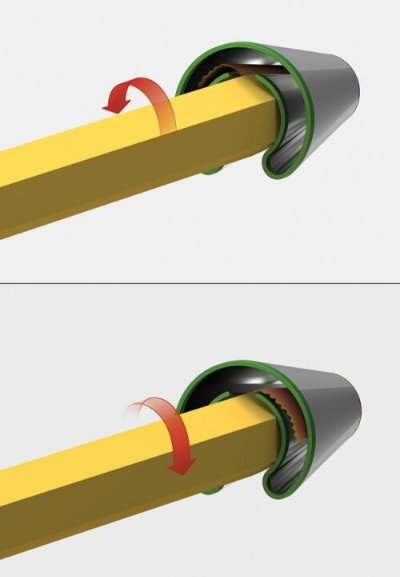With all the talk about North Korea’s recent military belligerence, I have put together a few pieces on the Enigmatic Country in the hope of stirring a little debate. Is North Korea really BEST Korea, as the popular internet meme would have us believe? 
quick history lesson:
Korea was invaded in 1910 by Japan, and later separated into North and South in 1945, when the USSR and USA defeated the Japanese, ending world war two. Unable to agree upon whom to install as government, the state was split in two at the 38th parallel, the soviets taking control of the North, and US controlling the south. The North was established as a single-party Stalinistic Dictatorship state with a centrally planned economy, the South a multi-party with a capitalist, open market economy: cold war politics were essentially to blame for this radical contrast.
Between 1950 and 1953, a Proxy War between Soviet and Chinese backed North Korea and US backed South Korea left a million soldiers and civilians dead, and the threat of nuclear war high. An Armistice was signed and uneasy peace (or ‘non-aggression’) descended on the region.
North Korea remained closely aligned to China and the Soviet Union until the mid-1960s. Recovery from the war was quick – by 1957 industrial production reached 1949 levels. Until the 1960s, economic growth was higher than in South Korea, and North Korean GDP per capita was equal to that of its southern neighbour as late as 1976.
North Korea lost a powerful trading ally and strategic partner with the dissolution of the USSR in 1991, and a series of natural disasters lead to the north Korean famine 1994-1998, in which between one quarter of a million to a million people lost their lives.
History lesson over.

Today, the North has some intriguing reputations. It has the highest literacy rate in the world, at over 99%. Education both academic and political is compulsory and free up to secondary level, the government even supplied uniforms until 1992.
Life expectancy is just 68.8 years, making it one of the lowest in the developed world. (the south’s is 79.9)
North Korea scored against Brazil in the 201o world cup, despite being ranked bottom in tournament standings.
Leaving the Kim family out of this discussion entirely, we can also marvel at some very impressive monuments in North Korea.












directing ‘traffic’

the world’s fourth largest flagpole, flying a north korean flag near the demilitarised zone.

I guess what im trying to say is that the North Koreans have achieved some very impressive feats. Their commitment to a single idea, a single identity, a single project can really produce some remarkable results. There may be something to be said for the results-driven ideology of North Korea, but at what cost? Can the Koreans justify the million dead from starvation in the 90’s, just because it desires for Juche, or total self dependence? Can it justify the glorious monuments when its people starve?
For sure, North Korea seems a strange place to me, but I wonder would my existence strike them as weird? Or do they even know people exist differently beyond the border?















































